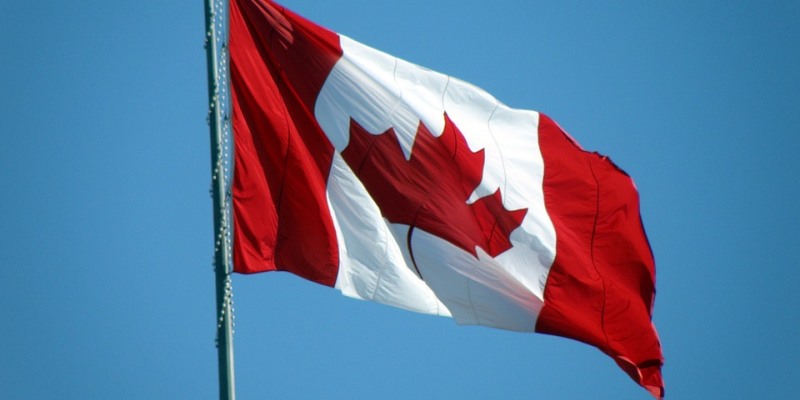G7 growth talk obscures poor income growth among Canadians

Recent forecasts, including from the International Monetary Fund, suggest Canada may compete with the United States for the top spot in the G7 in 2020 for economic growth.
Political partisans have since flooded social media with the impressive-sounding factoid—Canada may lead the G7 in growth next year. There’s nothing new about this talking point; partisans trot it out regularly when it suits their purposes.
There’s just one problem. Different population growth rates among G7 countries mean that straight comparisons of GDP growth numbers produce skewed results. Canada’s population growth ensures it will almost always be at or near the top of a slow-moving pack.
Start with a simple fact. Most G7 countries feature minimal population increases and weak economic growth. Japan provides the most striking example. With an aging population that shrunk by two million in the past decade, its economy is barely growing at all. Between 1999 and 2018, for instance, average nominal growth in Japan was just 0.2 per cent.
Other G7 members (France, Germany and Italy) also have slow-growing populations and economies. While Canada’s population has grown 1.1 per cent per year in the past decade, Germany’s has grown by 0.4 per cent.
In short, even though it’s composed of some of the richest countries in the world, the G7 is a slow-growth club and topping the list in topline growth is nothing to crow about. Because population is growing a little faster in Canada and the U.S. compared to other advanced economies, one of the two North American G7 members will lead the pack in growth almost every year. In fact, in 14 out of the past 15 years, Canada or the U.S. has led the G7 in nominal GDP growth. And almost every year, Canada is at or near the top of the G7 ranking.
Of course, it’s generally good news that Canada’s population is growing fast compared to other G7 countries, and that nominal GDP has kept up. And perhaps more overall growth will give Canada relatively more weight to throw around in future trade and climate change negotiations.
However, the notion that leading (or almost leading) the G7 is evidence of strong economic performance or rapid growth in living standards is not simply off base, it’s dangerous.
Why?
Because comparing nominal Canadian economic growth to the slow-growth G7 club—and then bragging about our apparent success—may blind us to the fact that Canada has been plagued for years by slow inflation-adjusted per-person economic growth. In fact, real per-person GDP didn’t budge much in Canada during the past decade, averaging 0.6 per cent per year.
In other words, real per-person income has almost completely stagnated, which should raise serious concerns about what we can do to attract more investment, increase productivity and create a policy environment more conducive to growth.
This won’t happen, however, if we continue to pat ourselves on the back for appearing annually near the top of the slow-growth club known as the G7.
For this reason, the topline growth rate is not just a misleading talking point, it’s a dangerous one that ought to be retired once and for all, allowing for a more constructive conversation about how to break out of the economic stagnation that has gripped our country for too long.


